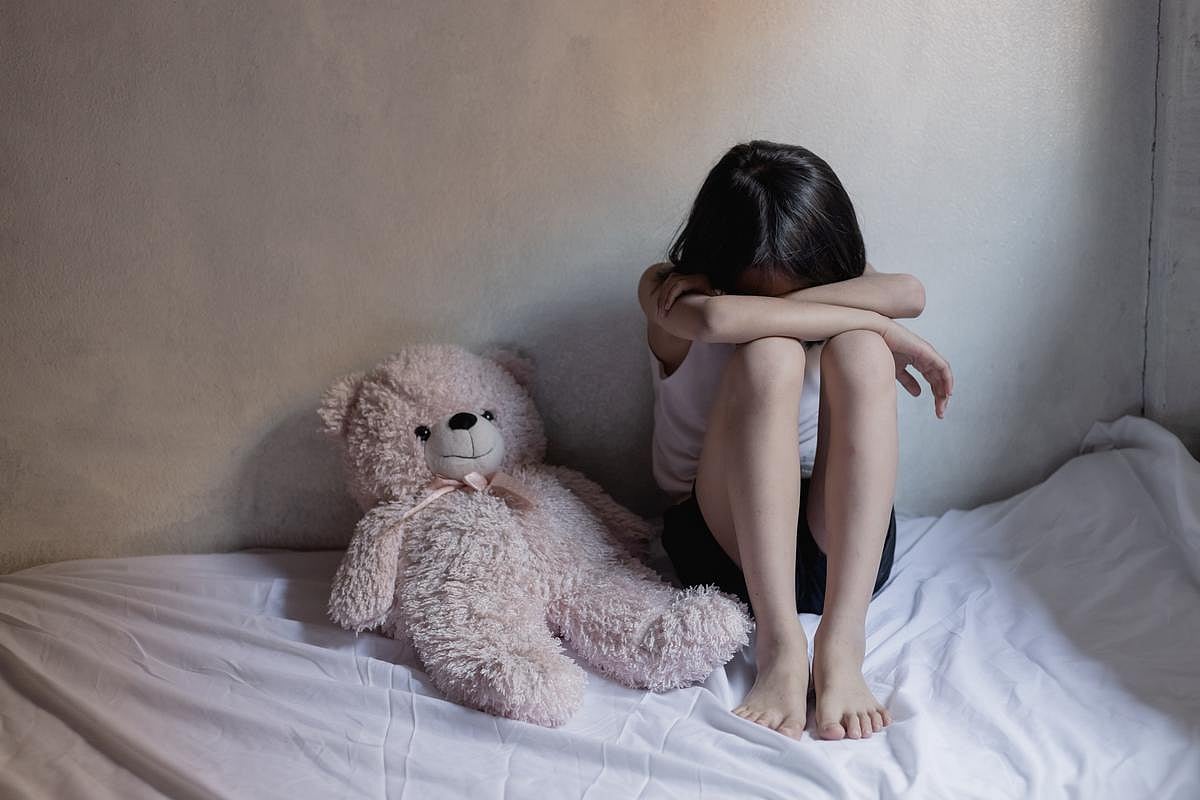Get Healthy!

- Posted August 7, 2025
Chaotic Homes Can Lead To Mental, Physical Health Problems Among Kids
Children raised in unstable, unpredictable environments are more likely to exhibit mental and physical health problems as teenagers and young adults, a new study says.
Kids are more likely to develop behavior problems and mental health conditions after living in a chaotic household, researchers reported recently in the journal Child Development.
On the other hand, homes with consistent parenting and routines increased the odds of a healthy and happy childhood.
“Giving children a script to understand how daily events unfold helps set them up for success,” lead researcher Kalsea Koss, an associate professor of human development and family science at the University of Georgia, said in a news release.
“Having a family routine or consistent caregiver that’s very predictable in their behavior is helpful for children to have an understanding of what to expect and then to be able to build their own behavioral regulation strategies around that,” she added.
For the study, researchers analyzed data on nearly 4,900 children gathered as part of a study that tracked them from birth to age 15.
Results show that impulsive behaviors from parents, frequent changes in a parent’s partners and unreliable child care all contributed to a higher risk of behavior problems among teenagers.
Children also were more likely to report depression and anxiety, and tended to have more excess weight, researchers found.
“We don’t have to have really strict, predictable, stable environments always,” Koss said. “Small amounts of changes in our lives are OK because they help us learn how to be flexible and practice emotional and behavioral regulation strategies."
When they accumulate across childhood, she added, there’s a tipping point.
"It becomes more problematic and leads to more of these lifelong negative outcomes,” Koss said.
The study showed other factors outside a parent’s control also negatively impacted child development.
For example, more than 1 in 3 of the families in the study were at or below the federal poverty line. These families often moved more frequently and lived in less safe neighborhoods, exposing children to unavoidable instability.
“Chaotic or unpredictable environments in and of themselves don’t seem like they would be a form of childhood adversity compared to things like maltreatment, abuse or neglect,” Koss said. “But we compared our findings relative to other adverse childhood experiences and found the same outcomes.”
The upshot: “This study expands what we think of as childhood adversity, and it shows what is important for lifelong health and well-being,” Koss said.
More information
The U.S. Centers for Disease Control and Prevention has more on healthy habits for good child development.
SOURCE: University of Georgia, news release, Aug. 4, 2025






